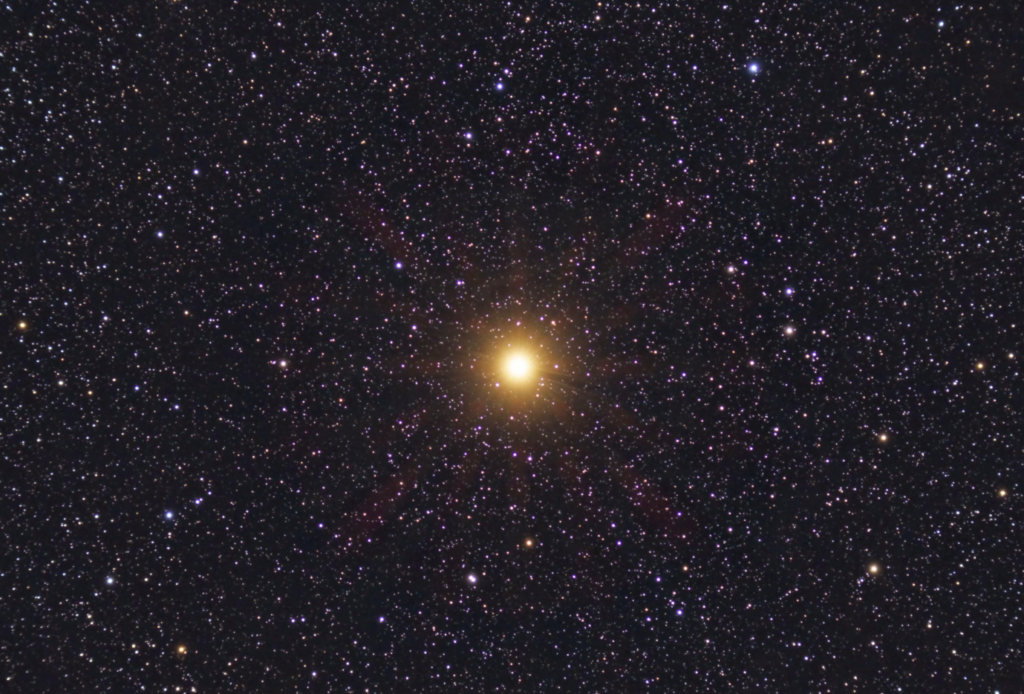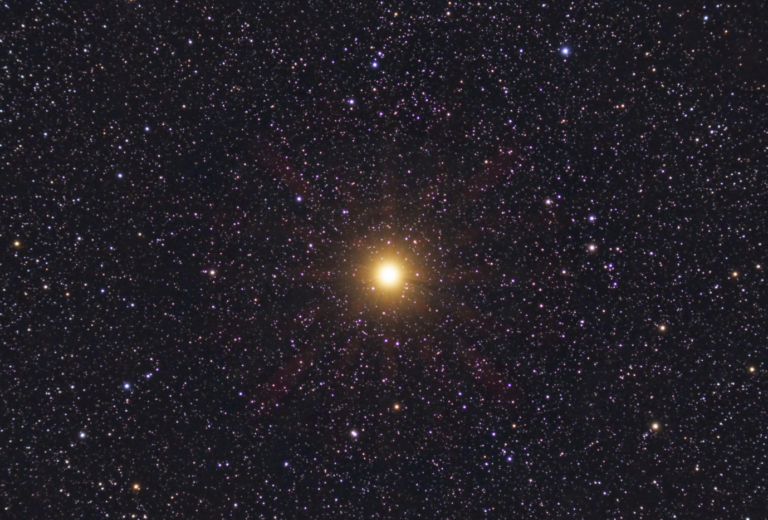Rare Cosmic Conjunction to Temporarily Obscure Betelgeuse
Tonight, for a brief six seconds, the Orion constellation will seemingly lack its vivid red shoulder star—and scientists couldn’t be more excited.

Some sky watchers this month will witness Betelgeuse, a prominent and widely recognized star in the night sky, almost vanishing momentarily. Yet, seconds later—despite astronomers anticipating its potential explosive fate—the star will reappear, shining with its customary brilliance.
This brief obscuration of Betelgeuse marks a celestial coincidence: an asteroid passing between Earth and the star, creating a temporary blockage. Scientists perceive this as a unique event, offering an opportunity to observe Betelgeuse’s evolving surface, unveiling previously unseen hot and cold patches with unprecedented clarity.
The asteroid at the heart of this event, named Leona, was first identified in 1891 and typically resides in the asteroid belt between Mars and Jupiter. Scheduled for 8:17 P.M. ET on December 11, Leona will align directly with Earth and Betelgeuse—a red supergiant star that has captivated generations worldwide.
Positioned as one bright shoulder of the Orion constellation, Betelgeuse lies approximately 650 light-years away from Earth. Despite fluctuations in brightness, the star drew attention in 2019 during the “Great Dimming” phase. However, the anticipated supernova explosion that would mark the end of Betelgeuse, expected within the next 10,000 to 100,000 years, is yet to occur. Its brightness has continued to fluctuate at an accelerated pace.
While astronomers have observed Betelgeuse using various telescopes and satellites, Leona’s upcoming occultation presents a unique opportunity. Just like the total solar eclipse in April 2024, where the moon completely blocks the sun, this alignment allows the asteroid, similar in apparent size to the distant Betelgeuse, to obscure the star’s light. Occultations of bright stars like Betelgeuse occur less frequently than solar eclipses, estimated to happen less than once a century, according to Montargès.
Observers during the occultation will record multiple measurements of Betelgeuse’s brightness in mere seconds. Combining these measurements with Leona’s characteristics will reveal distinct areas of the star’s surface—highlighting variations in temperature.
Preparations involved studying Leona’s properties by observing its occultations of smaller stars. These data refined calculations of the asteroid’s size, shape, and orientation. Additionally, skilled amateur astronomers equipped with advanced gear positioned themselves along the occultation’s path, spanning from Mexico to Central Asia, aiming to capture comprehensive data of Betelgeuse’s surface.
Despite ongoing preparations, last-minute adjustments persisted. Teams aimed to acquire observations from diverse locations along the occultation’s path, ensuring optimal geographic coverage for a detailed map of Betelgeuse’s surface. Scientists also sought assistance from additional observatories and satellites to gather crucial data during the event.
These combined observations promise invaluable insights into the intricate workings of red supergiant stars. Betelgeuse’s fate, as it nears the end of its lifecycle, remains a subject of scientific curiosity. Understanding the final stages of red supergiants like Betelgeuse could unravel essential details about their evolution and ultimate demise—a quest that Leona’s intervention might significantly contribute to.
“This is ultimately our goal,” Montargès emphasizes. “Gaining insights into red supergiants’ behavior allows us to forecast their eventual demise accurately.”
Do not forget to share your opinion with us to provide you with the best posts !




0 Comments